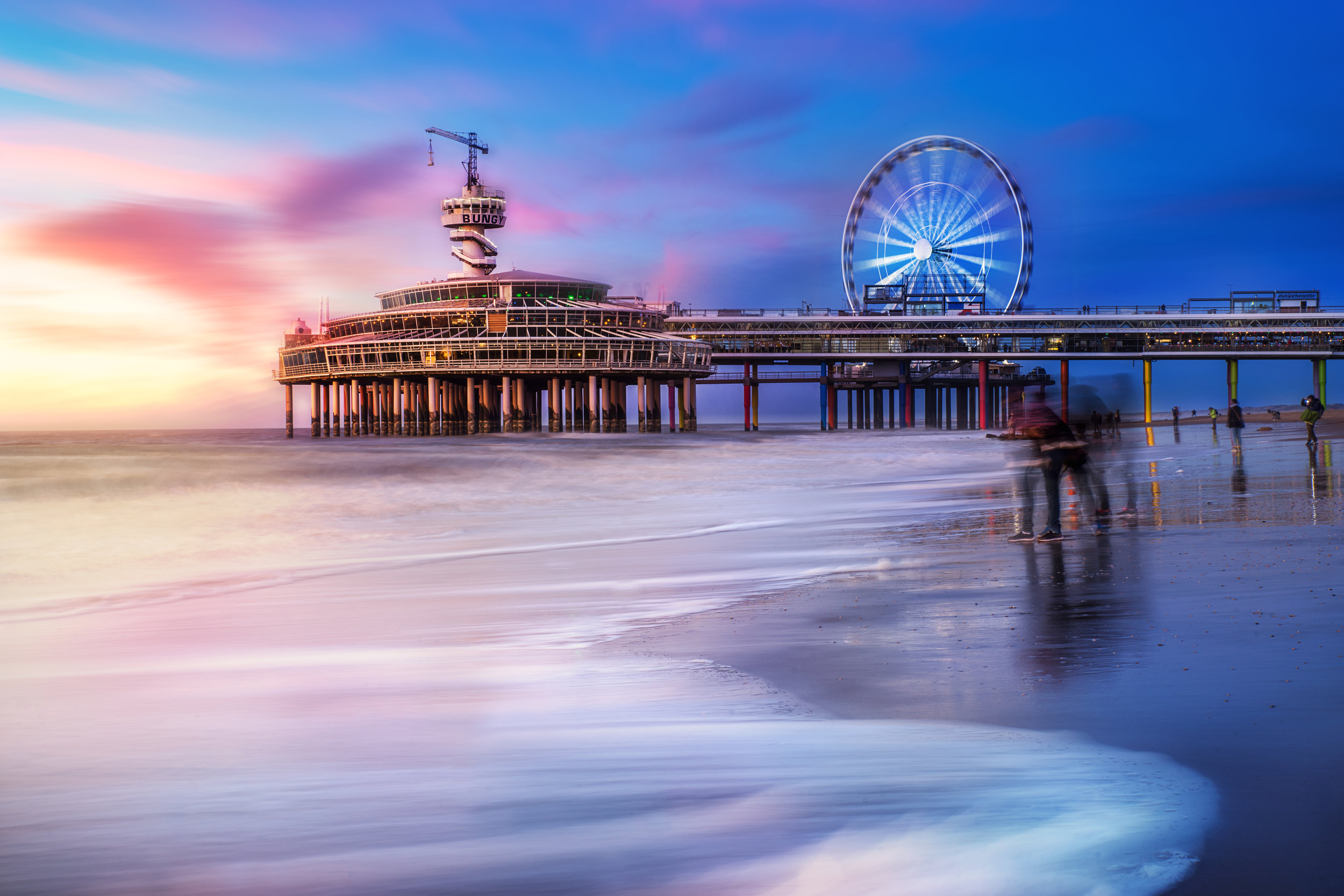Maximize JPEG Potential With Camera Settings
If you want to maximize the potential of your JPEG files, there are a few settings you should learn on your cameras.
Difference between RAW vs. JPEG
RAW images give you the full data from your camera’s sensor. There's no data loss (or image quality loss as a result) because there's no file compression like with JPEG. When your camera shoots JPEG, it makes a series of calculations to determine the appropriate settings for the best photo. This typically means compression and some loss of data and, as a result, quality. Depending on your needs, you can choose JPEG over RAW. Here are a few things you can do to maximize JPEG quality.
White Balance
If you understand one important element of JPEG, this could be it. JPEG often miscalibrates white balance and most users often rely on the Auto White Balance feature. That can result in images that skew toward blue or yellow. Setting the White Balance yourself isn't as difficult as you might think and well worth the minor effort, especially if shooting in low-light or tricky lighting conditions.
Most cameras today come with light options such as Cloudy, Incandescent, Shade, etc. Selecting these in your White Balance can result in better images. Typically, using the Auto feature is best outdoors and Manual for indoors where lighting gets trickier. Get to know your camera's manual settings (each camera is different) for White Balance and Practice.
Saturation
Are your colors looking a bit dull? You can enhance them with Saturation. We suggest that whenever possible, you adjust the saturation right in the camera before you shoot the picture. While you can adjust later during editing, it's best to do it in the camera and save time. You can do this by increasing or decreasing the value in your camera.
Sharpen
Sharpening won't fix a badly out of focus image, but it can give an image that extra edge. You can add additional sharpening just be careful not to set it too high which can give an over-processed look to an image.
Contrast
A little contrast can go a long way toward improving an image - especially if it's black and white or certain color images. Use the contrast slider to make adjustments between the darkest and brightest areas of an image. Increasing contrast makes the bright areas brighter and the dark areas darker. Sliding in the opposite direction gives you the opposite results. Some photographers undervalue the difference this simple adjustment can make. By adding contrast, you can add drama and depth to an otherwise flatter image.
Custom Banks
Many cameras today offer the ability to save custom settings in banks for use whenever you like. You can save specific values of image adjustments such as Saturation and Contrast to a bank that you can later access. Using them means you won’t have to change individual values in the future. These are similar in function to Lightroom presets and you can apply them just as easily but in the camera itself. Check your camera's manual to see if it offers a bank system. Most cameras today do.
Keep in mind that most changes you make to JPEG in the camera are difficult to undo later on your computer unlike with RAW files. However, with some practice - and vigilance when shooting - you'll find these pretty useful.





















